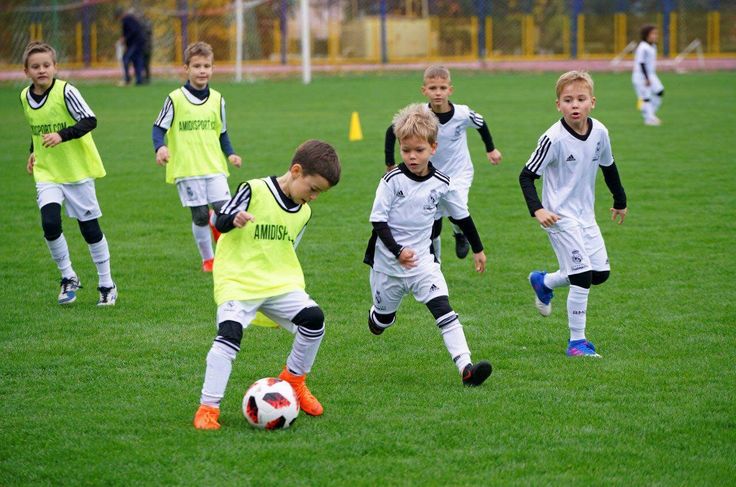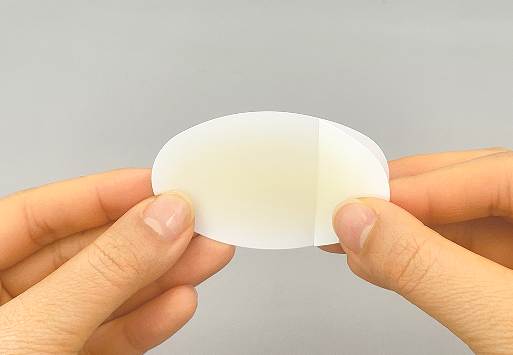Soccer is a sport that is popular with both adults and children, but playing football may face the risk of blisters on the feet, especially children because their skin is tender, and they are more prone to abrasions and blisters. In this article, I will introduce We introduce how to avoid blisters when playing football. Whether you're a pro or an amateur, you need to protect your body. I hope these tips help players who love the sport to reduce footwear and tear during soccer. Let's take a look together below.
Why do I get blisters when kicking a ball?
For example, the newly bought sneakers do not fit the feet, or after playing football for a long time, we will find that the soles of the feet are easy to wear blisters after the end. Due to blisters, the grip of the soles of the feet will be greatly affected. It is manifested as pain on the soles of the feet when performing actions such as kicking, jumping, and running on the court, which will affect the performance of the game. If not handled properly afterward, it is easy to cause a certain degree of infection. So don't underestimate the small blisters. Blisters are caused by the rupture of tissue cells caused by strong friction of local tissues on the feet. Friends who are familiar with medicine must know that the "water" in the blisters is mainly tissue fluid in the human body. In addition, long-term exercise, sweating on the soles of the feet, and mutual extrusion of the feet and shoes will cause the local temperature inside the shoes to rise and cause the cuticle to soften, so it is particularly easy to cause blisters.
How to reduce blister formation?
1. Maintain the skin of your feet: You can usually soak your feet with hot water, then exfoliate your feet, and then apply Vaseline, which will smooth the skin of your feet, reduce friction, and reduce the occurrence of blisters.
2. Warm up before exercising: Warming up can help the body adapt to exercise. It increases blood flow and reduces the risk of injury, and it can also help prevent ankle-grinding blisters.
3. Choose the right shoes: It is very important to choose comfortable and suitable football shoes. Shoes should fit snugly, but not tight. Football boots should feel comfortable when you put them on, and it is best not to choose shoes that are too tight, otherwise, they will cause blisters on the feet.
4. Use blister plaster: Put blister plaster on the parts that are easy to wear before exercising, which can avoid the risk of feet being worn out and blisters to a certain extent. The blister plaster is made of hydrocolloid material and has an ultra-thin design. The texture is soft, with strong stickiness, and it is not easy to fall off even during exercise. Its surface is smooth and wear-resistant, and it can reduce the formation of blisters when worn during exercise.
5. Prepare a few more pairs of football socks: You can prepare a few more pairs of football socks. During the intermission of playing football, you can change the football socks. This will make the skin of the feet drier and reduce the formation of blisters. Soccer socks should also be one size fits all, don't buy one that's too small or too big.
6. Transfer foot pressure: When kicking the ball, players should try to avoid stepping on the same point repeatedly. Experimenting with alternating power in different foot areas can reduce stress in specific areas.
What should I do if blisters appear?
Generally, the diameter of the blister exceeds 5 mm and needs to be punctured. If the diameter of the blister is less than 5 mm, it does not need to be punctured, just wait for the skin to absorb it.
Steps:
1. Wipe the blistered area with iodophor first for disinfection.
2. Use a sterilized needle to pierce the edge of the blister and release the water inside.
3. Use a sterilized cotton swab to squeeze out the liquid in the blister.
4. Paste the blister plaster, which is made of a hydrocolloid material, which can provide the wound with a slightly acidic and oxygen-free airtight space that is conducive to healing, and it can also prevent the invasion of foreign microorganisms, reduce the chance of infection, and to a certain extent Can relieve pain.
Notice:
If the blister has been worn out during exercise and the red and tender wound surface is exposed, it can be disinfected with iodine first and then paste
blister plaster.
After poking the blister, don't peel off the top skin, because it can protect our wound very well.
For more information on Innomed® blister plaster, refer to the previous articles. If you have customized needs, you are welcome to contact us; we will serve you wholeheartedly.
At Longterm Medical, we transform this data by innovating and developing products that make life easier for those who need loving care.
Editor: kiki Jia
Date: March 20, 2023

 English
English عربى
عربى Español
Español русский
русский 中文简体
中文简体








